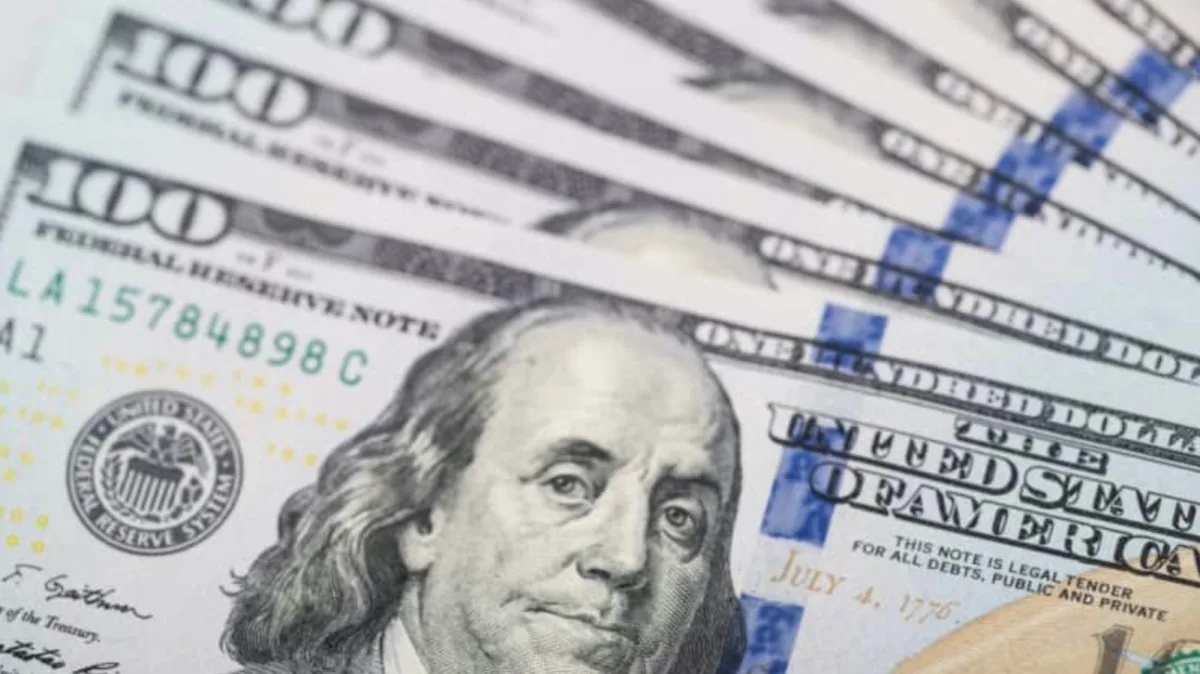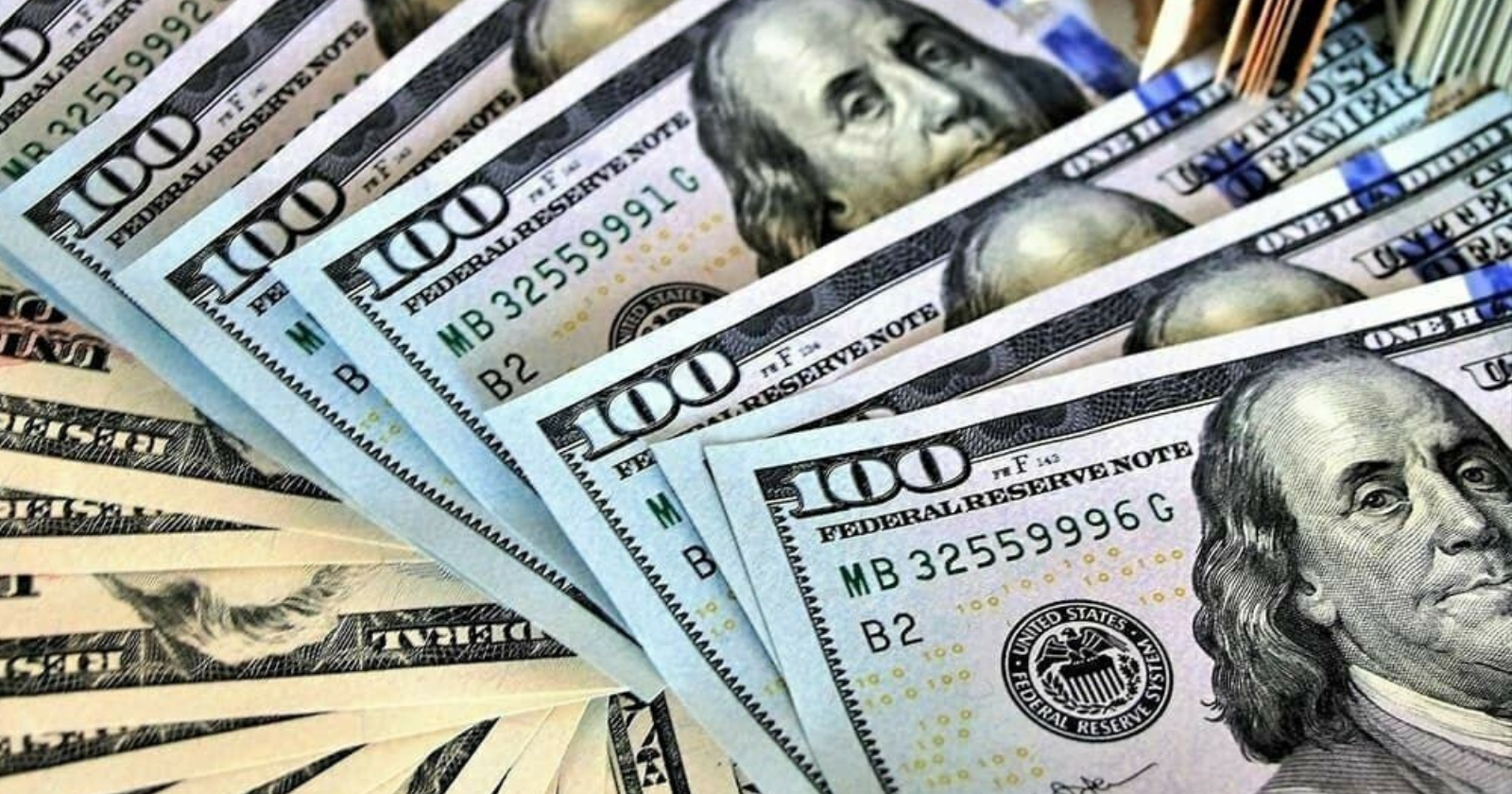US Dollar Rate in Pakistan
Pakistan has been facing acute macroeconomic challenges for a while now owing to a sharp rise in global commodity prices, supply disruptions, higher shipping costs, prolonged Russia-Ukraine conflict, and the recent devastating floods added to the turmoil in the Country.
This has led to depreciation of Pakistani Rupee (PKR) against the US Dollar (USD) that highlights the worsening of balance of payments conditions of the Country and declining foreign exchange reserves.
In this challenging economic environment, the open market rate has witnessed heightened volatility and higher spread as compared to the interbank market rate. This is primarily on account of high demand of foreign currency in the market on account of heightened uncertainty, hajj season, Afghan Transit Trade, and elements of smuggling from Iran.
In recent months, as a result of administrative measures taken by the State Bank of Pakistan (SBP) and government of Pakistan, the spread between the interbank market and open market has reduced significantly, thus indicating normalization in the markets.
Why US Dollar Rate in Open Market is being traded at a rate higher than the Official/ Bank Rate in Pakistan?
The movement in the exchange rate is a manifestation of the market-based flexible exchange rate arrangement maintained by the State Bank of Pakistan.
Under this system, the exchange rate is determined by the market forces of supply and demand, and the trend in exchange rate primarily reflects the balance of payments position of the Country.
The interbank market caters to a wide range of foreign exchange transactions including remittances, imports, exports, Foreign Currency (FCY) loans etc., and has greater liquidity as compared to exchange companies (open market) which are mainly involved in meeting FX requirements of individual/retail customers. Due to different scope of business and demand-supply dynamics in the interbank and open markets, the US dollar rate differential exists between both the markets.
Moreover, this spread tends to widen when the external account is under pressure and the FX liquidity is scarce.
Steps being taken to discourage the black marketing of dollars
In order to curb unnecessary cash FCY outflows, the SBP has also tightened regulations for exchange companies regarding FX purchases by individuals, including biometric requirement and imposition of daily and annual limits for FX purchases.
Moreover, the Federal Board of Revenue (FBR) has introduced a system to declare foreign currency being taken along by people going abroad.
Recent Stand-By Arrangement with the International Monetary Fund (IMF) has improved FX market functioning, and liquidity has started to return to the market. Resultantly, rates in the interbank and open market have narrowed which are discouraging black marketing of dollars.
The development under SBA is providing a positive signal to the market, which are creating certainty and stability in the FX market.
Furthermore, bilateral and multilateral inflows will pave the way to improve macroeconomic stability & confidence of the market. The administrative measures to control the illegal outflow of foreign exchange reserves are also discouraging the black marketing of dollars.
